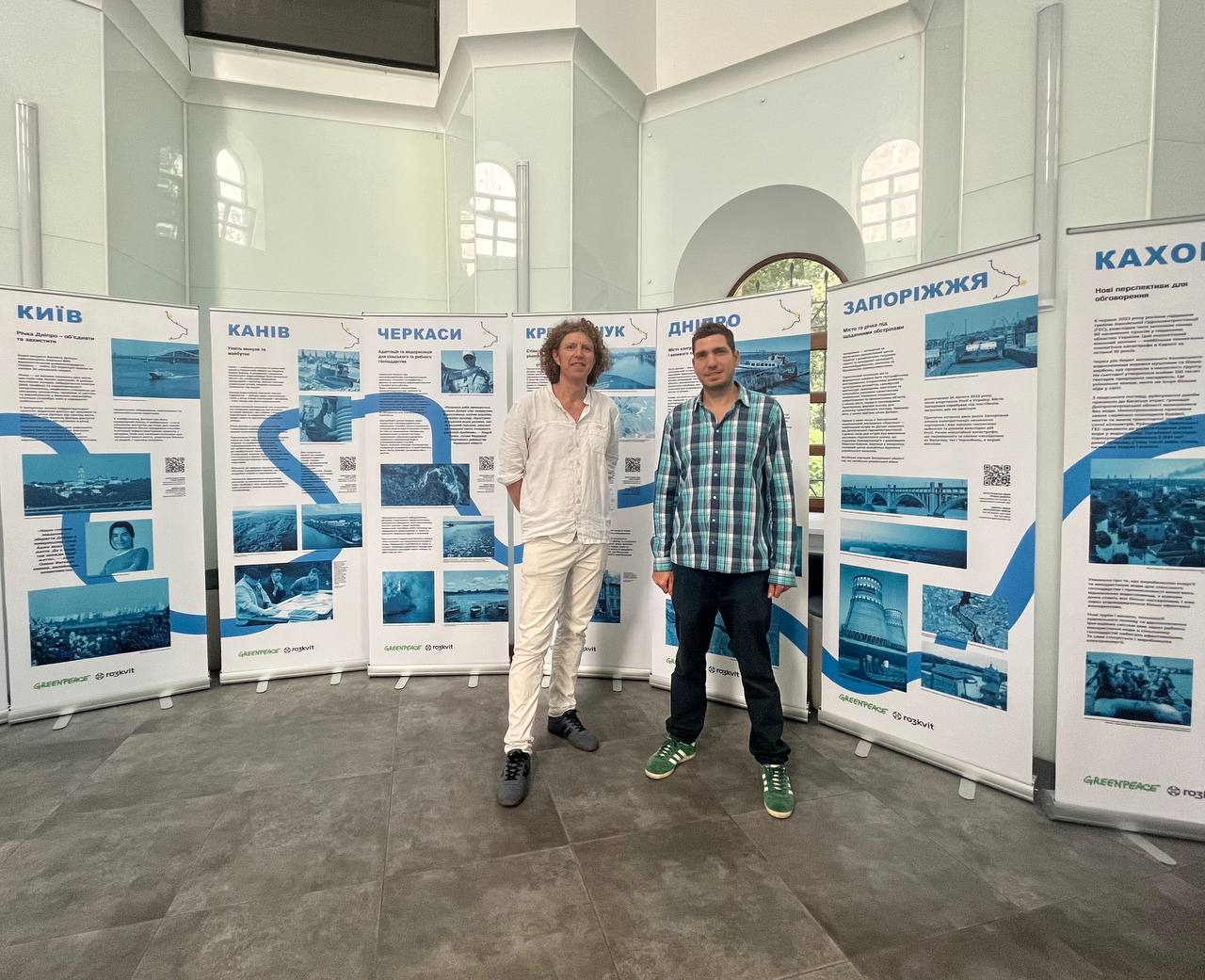On September 12, a significant event took place in Kyiv at the Museum of Water: the presentation of the “Integrated Vision of the Dnipro River” study and the opening of a thematic exhibition. This project, initiated by the urban coalition Ro3kvit in partnership with Greenpeace experts, marks a major milestone in the study and planning of Ukraine’s largest water resource—the Dnipro River.
Read more: “National cashback”: first results and updates
Comprehensive Study
The Integrated Vision of the Dnipro River is an extensive report covering a wide range of aspects, from the river’s geography and history to its current role in Ukraine’s socio-cultural life. The study offers a comprehensive approach to analyzing and addressing the river’s issues, including physical and political geography, ecology, water supply, agriculture, industry, energy, transportation, and culture.
The project includes three main future development scenarios for the Dnipro River:
- Return to 2021: This scenario envisions restoring the river to its 2021 state by reconstructing destroyed bridges and dams, implementing environmental initiatives, creating accessible embankments, and improving water quality using modern purification technologies.
- Redesign of Damaged Flows: This scenario focuses on implementing ecologically sustainable solutions in areas where structures and flows have been damaged or have become outdated. It takes into account various needs and outcomes depending on the river’s conditions.
- Return to Nature: This scenario involves restoring the river’s natural course by abandoning reservoirs and hydroelectric stations. It includes developing flora and fauna, creating new natural parks and protected areas, strengthening cultural identity, and reducing industrial and domestic pollution.
Choosing the Most Promising Scenario
Currently, Greenpeace and Ro3kvit teams consider the scenario of redesigning damaged flows as the most promising for the future of Ukraine and the Dnipro River. This approach ensures a balanced combination of ecological, social, and economic needs.
Impact of the Kakhovka HES Disaster on Project Development
The destruction of the Kakhovka dam by the occupiers provided a critical impetus for the development of this project. The consequences of this disaster had a significant impact on the humanitarian, cultural, economic, and ecological situation in Ukraine. Developing integrated solutions that combine various social, cultural, natural, and economic aspects will create balanced strategies for the sustainable development of the Dnipro River and ensure its preservation for future generations.
About Ro3kvit and Greenpeace
Ro3kvit is an urban coalition that brings together over 100 professionals from Ukraine and beyond to develop methodologies for the development and restoration of urban and rural areas and infrastructure.
Greenpeace in Ukraine is an international environmental organization actively working on the ecological reconstruction of damaged sites in Ukraine, promoting energy decentralization and green technologies as key to the country’s recovery.
The presentation of the “Integrated Vision of the Dnipro River” opens new horizons for understanding and developing the river, offering innovative solutions for preserving this vital natural resource.



